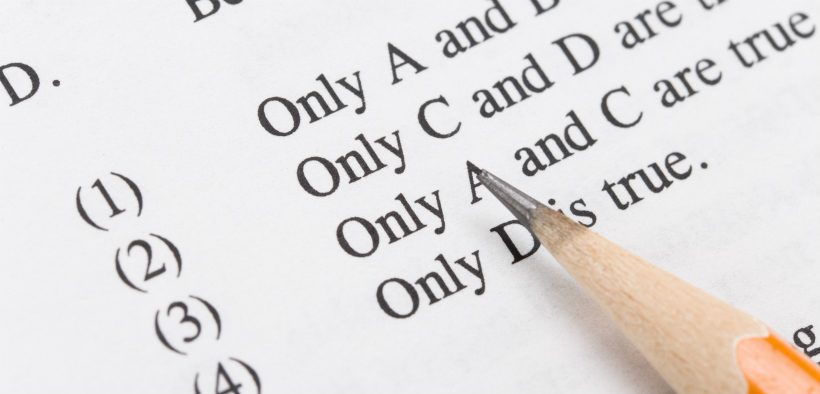Interest in group exams and quizzes continues to grow, as does the research on how they affect learning. The process of having students take an exam or quiz individually and then collectively in a group goes by several different names, including collaborative testing and two-stage testing. Beyond that are an array of different design details associated with the practice: for example, how the groups formed, the number of collaborative or traditional testing events or both in a course, the kinds of test questions, the length of the group collaboration, the relative weight of the individual score, and the group score. In studies of group testing experiences, these design details are equally varied. So although we have some good research, it’s difficult to the integrate findings and offer a definitive set of conclusions.
Related Articles
I have two loves: teaching and learning. Although I love them for different reasons, I’ve been passionate about...
Active learning is a mostly meaningless educational buzzword. It’s a feel-good, intuitively popular term that indicates concern for...
Perhaps the earliest introduction a student has with a course is the syllabus as it’s generally the first...
Generative AI allows instructors to create interactive, self-directed review activities for their courses. The beauty of these activities...
I’ve often felt that a teacher’s life is suspended, Janus-like, between past experiences and future hopes; it’s only...
I teach first-year writing at a small liberal arts college, and on the first day of class, I...
Proponents of rubrics champion them as a means of ensuring consistency in grading, not only between students within...








